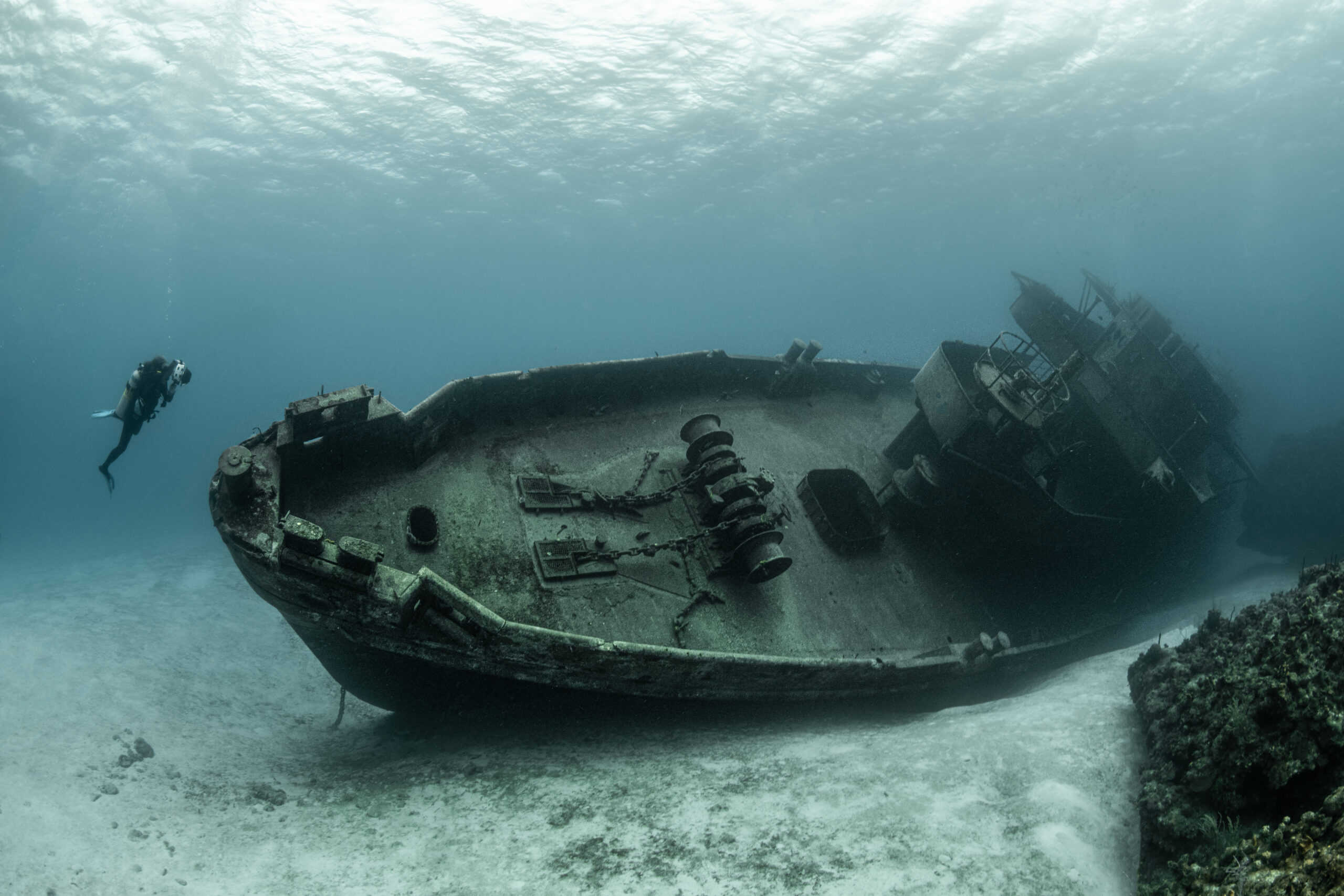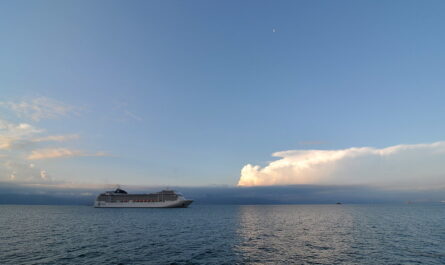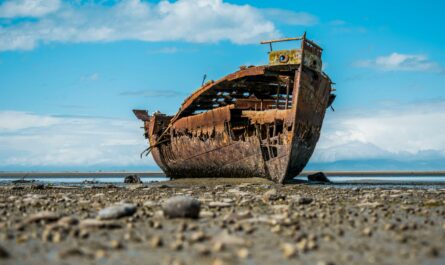World War II was marked by numerous strategic battles across land, air, and sea. Among these, the battle for control over the Atlantic Ocean stood out as a pivotal theater of conflict. German U-boats (Unterseeboots), the backbone of the Kriegsmarine’s submarine fleet, played a crucial role in this maritime struggle. U-boat warfare aimed to disrupt Allied supply lines, strangle economies, and tilt the war in favor of the Axis powers. This article explores the role of U-boats in the Atlantic, their strategies, the challenges they faced, and their lasting impact on naval warfare.
Origins and Objectives of U-Boat Warfare
The roots of U-boat strategy trace back to World War I when German submarines first demonstrated their potential to challenge superior naval forces. In World War II, Adolf Hitler and the German High Command sought to refine and expand submarine warfare to disrupt Allied shipping routes, particularly those connecting the United States and Canada with Europe. The goal was to starve Britain of resources, isolate it from its allies, and force it into submission.
Primary Objectives of U-Boat Campaigns:
- Economic Disruption: Target merchant ships carrying essential goods, such as food, fuel, and weapons.
- Military Advantage: Prevent the reinforcement and resupply of Allied troops in Europe.
- Psychological Warfare: Instill fear and uncertainty among merchant sailors and disrupt global trade.
U-Boat Strategies in the Atlantic
U-boat commanders employed innovative and ruthless strategies to maximize their impact on Allied shipping:
1. Wolfpack Tactics
One of the most famous strategies was the “wolfpack” tactic, wherein multiple U-boats coordinated to attack convoys of merchant ships. A lone U-boat would shadow a convoy and radio its position to others, who would converge to launch a simultaneous assault. This approach overwhelmed convoy defenses and caused significant losses.
2. Night Surface Attacks
U-boats often surfaced at night to close in on convoys. Using their superior stealth and torpedoes, they attacked under the cover of darkness, exploiting the limited visibility and communication delays among convoy escorts.
3. Minelaying Operations
In addition to direct attacks, U-boats laid mines in strategic locations, such as ports and shipping lanes. These mines disrupted shipping traffic and created constant hazards for Allied vessels.
4. Interdiction of Supply Routes
German U-boats focused on cutting off supply routes between North America and Europe. The mid-Atlantic, often referred to as the “Black Pit,” was a prime hunting ground where Allied air cover was sparse, leaving convoys vulnerable.
Challenges Faced by U-Boats
Despite their early successes, U-boats encountered significant challenges that hindered their effectiveness as the war progressed:
1. Technological Advancements
The U-boat danger was neutralized by technologies developed by the Allies. These included:
- Sonar (ASDIC): Allowed escorts to detect submerged submarines.
- Radar: Enabled aircraft and ships to locate surfaced U-boats, even at night.
- Depth Charges: Became more accurate and deadly over time.
2. Convoy System
The implementation of the convoy system, where merchant ships traveled in groups escorted by warships, significantly reduced U-boat successes. Convoys provided mutual protection and made it harder for U-boats to isolate and target individual ships.
3. Allied Air Power
The introduction of long-range patrol aircraft, such as the Consolidated B-24 Liberator, extended Allied air coverage into the mid-Atlantic. This eliminated the “Black Pit” and forced U-boats to operate under constant threat.
4. Codebreaking
The Allies’ success in cracking the Enigma code, used by the Germans for secure communication, was a turning point. By deciphering U-boat positions and orders, the Allies preemptively rerouted convoys and ambushed submarines.
Key Campaigns and Turning Points
1. The Battle of the Atlantic (1939–1945)
The Battle of the Atlantic was World War II’s longest-running military operation. It saw periods of intense U-boat activity and significant Allied losses. However, by 1943, the tide turned in favor of the Allies due to technological and strategic improvements.
2. Operation Drumbeat (1942)
In early 1942, U-boats targeted the American East Coast in a campaign known as “Operation Drumbeat.” The initial lack of American preparedness led to devastating losses, but improved defenses, such as blackouts and coastal convoys, eventually mitigated the damage.
3. The U-Boat Campaign in the Arctic
German U-boats also operated in the Arctic, targeting convoys carrying supplies to the Soviet Union. Harsh weather and Allied escorts made these operations particularly perilous for U-boat crews.
Impact on Naval Warfare
The U-boat campaign had profound implications for naval warfare and global strategy:
1. Advancements in Submarine Technology
The lessons learned from U-boat operations spurred advancements in submarine design, including better propulsion systems, stealth capabilities, and underwater endurance.
2. Emergence of Anti-Submarine Warfare (ASW)
The need to counter U-boats led to significant investments in ASW, including sonar, depth charges, and specialized escort ships. These technologies became standard in post-war navies.
3. Strategic Importance of Logistics
The U-boat campaign underscored the critical role of logistics and supply chains in modern warfare. Protecting merchant shipping became a strategic priority for all major powers.
Human Cost of U-Boat Warfare
The U-boat campaign inflicted a heavy toll on both sides:
- Allied Losses: Over 3,500 merchant ships and 175 warships were sunk, resulting in the deaths of tens of thousands of sailors.
- German Losses: Of the 1,162 U-boats deployed during the war, nearly 800 were destroyed, and over 28,000 U-boat crew members perished—a staggering 75% casualty rate.
The human cost highlighted the brutal nature of submarine warfare and its impact on the lives of combatants and civilians alike.
Conclusion
U-boat warfare in the Atlantic was a defining aspect of World War II, showcasing the strategic importance of naval power and the relentless innovation required to maintain control over the seas. While German U-boats initially posed a significant threat to Allied supply lines, technological advancements, improved tactics, and international cooperation ultimately neutralized their impact. The legacy of U-boat warfare continues to influence naval strategy and serves as a sobering reminder of the high stakes and human cost of maritime conflict.



